The Rosenberg Collection Part III – Venice
This exploration of the breadth of the Rosenberg collection takes us next to Venice, itself the home of perhaps the richest diversity of violin makers in its prime period. There is a less clearly defined linear or chronological development of style, with makers coming to the city already with varied backgrounds, and willing to absorb fresh ideas. The celebrated and brilliant Venetian varnish possibly had origins in southern Bavarian workshops, but was brought to its most exuberant expression by Domenico Montagnana.
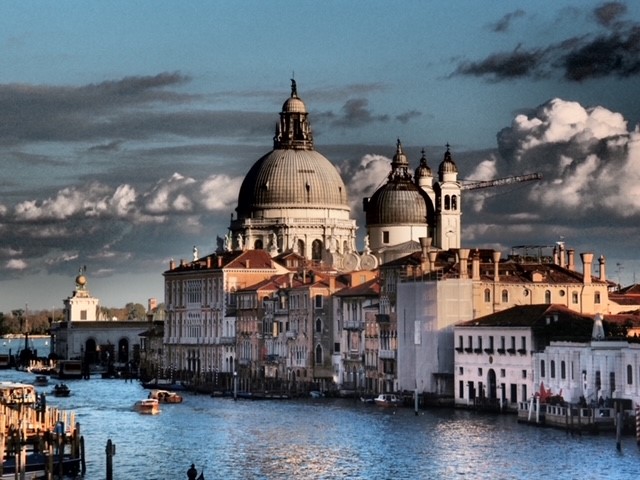
'An outstanding and characteristic violin in the collection is by Montagnana'
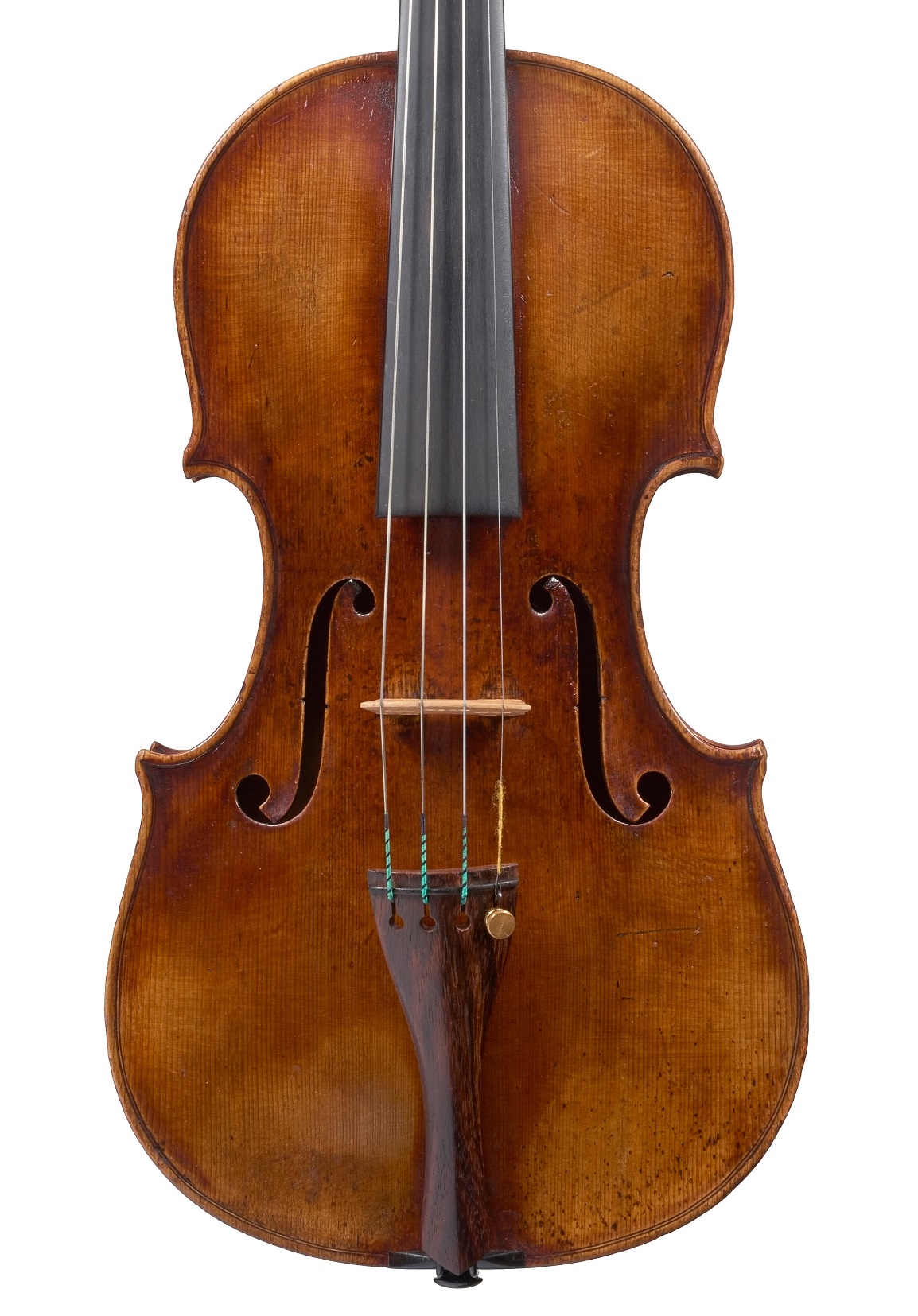
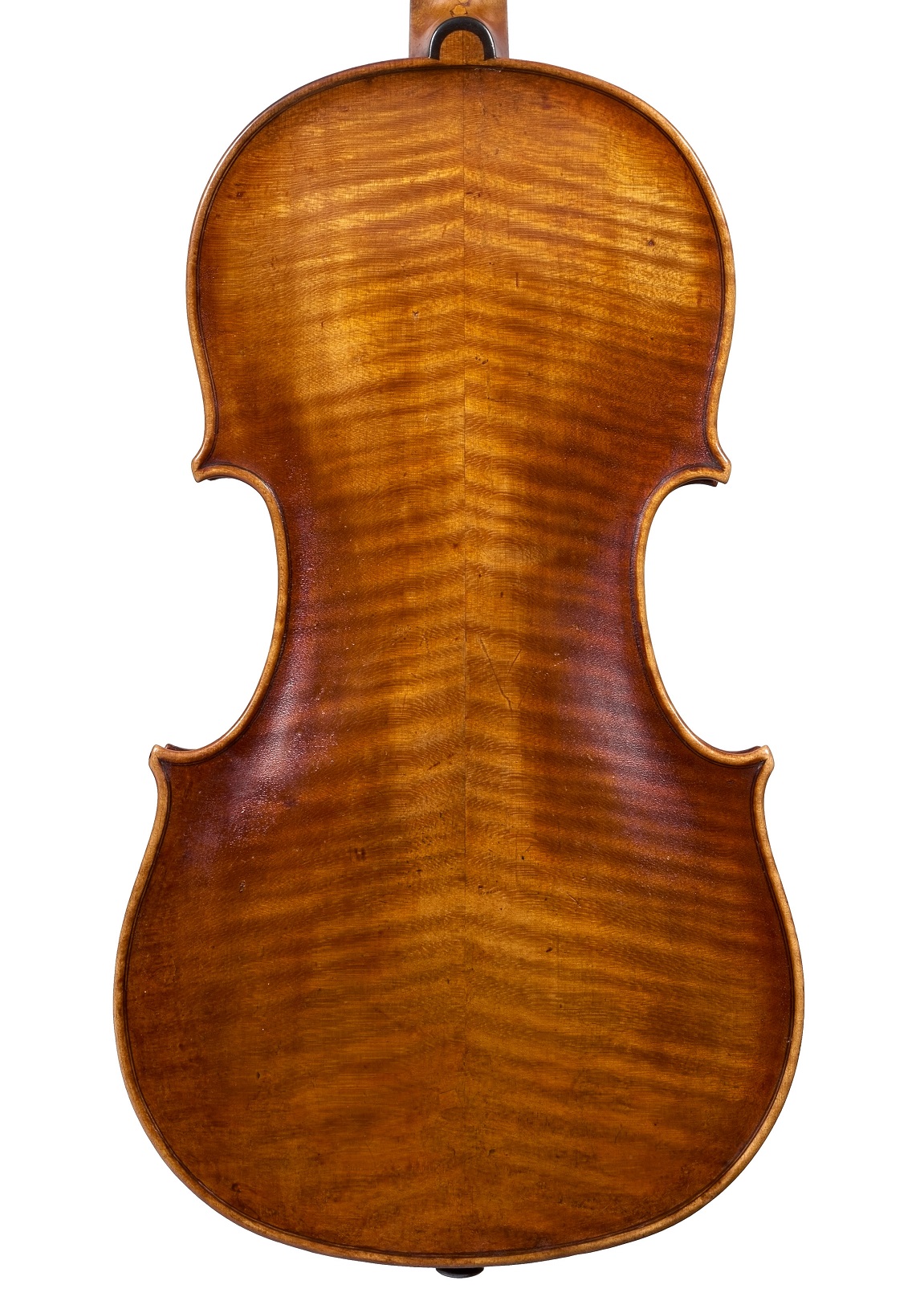
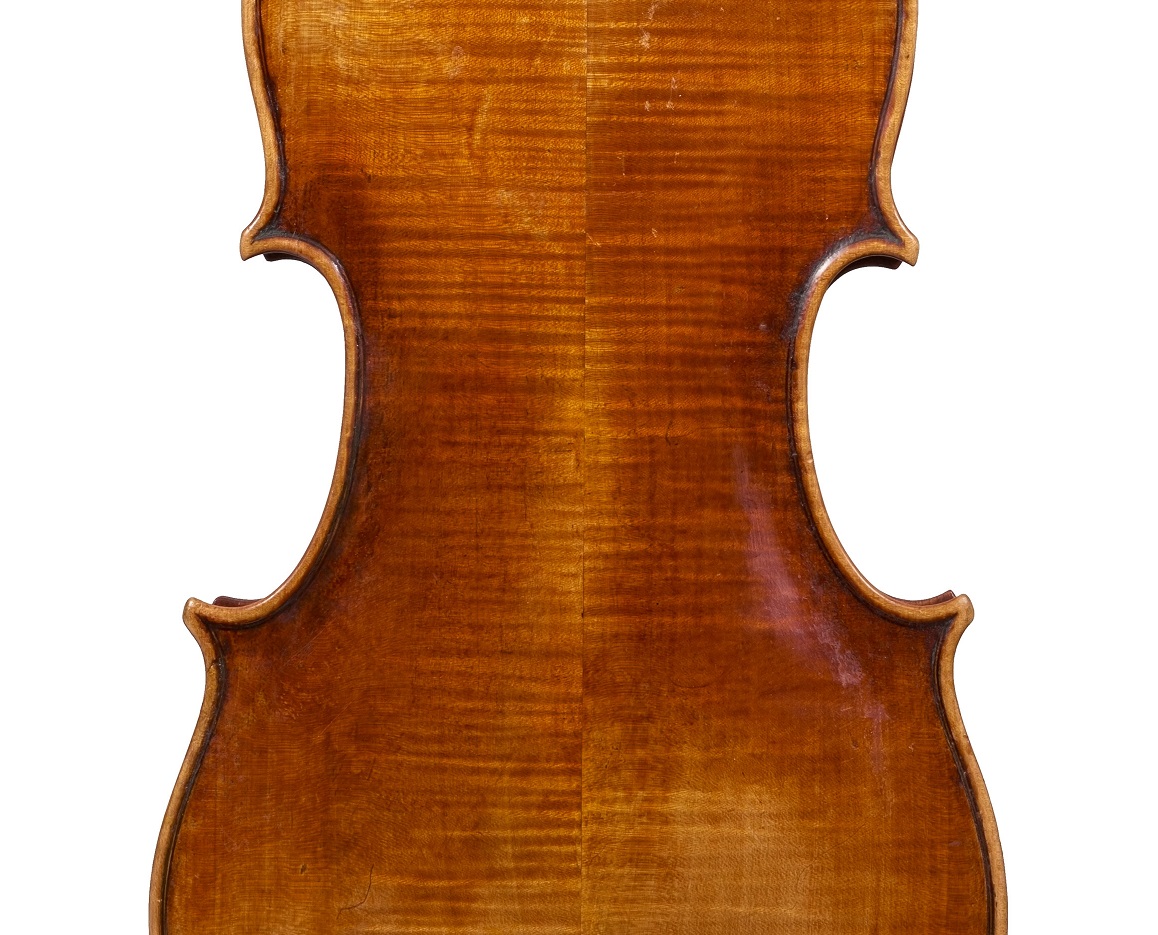
An outstanding and characteristic violin in the collection is by Montagnana, dated to 1725-30, which bears this deep, dark red coating, textured in places with rich craquelure like a fine painting. The wood is of fine quality, which underlines the high status of the work, and in style it is an intriguing amalgam of Stradivarian and Amatise ideas, with the slightly off-centre scroll which is entirely Montagnana’s own.
Another violin attributed to Montagnana has a beautiful back, elegantly full-arched and with delicate long corners. It seems very full of the character of Anselmo Bellosio, a very fine maker who was influenced by Santo Serafin after Montagnana’s death.
Another Guarneri in the collection is attributed to Pietro, son of Giuseppe ‘Filius Andreae’, referred to as ‘Peter of Venice’. This violin is attributed to the same period as the Montagnana, and is interesting in illustrating how Guarneri’s training in the strict Cremonese tradition remained malleable and fluid when he arrived in Venice.
Although it might be thought that a representative of the Cremona school would have had considerable impact on the other makers of Venice, in many ways Pietro was happy to absorb the Venetian style into his own approach, which evolved away from that of his father, and his even more radical brother, Giuseppe ‘del Gesù’. Interestingly, this violin bears a head which was clearly made in Cremona by Giuseppe ‘filius Andrea’.
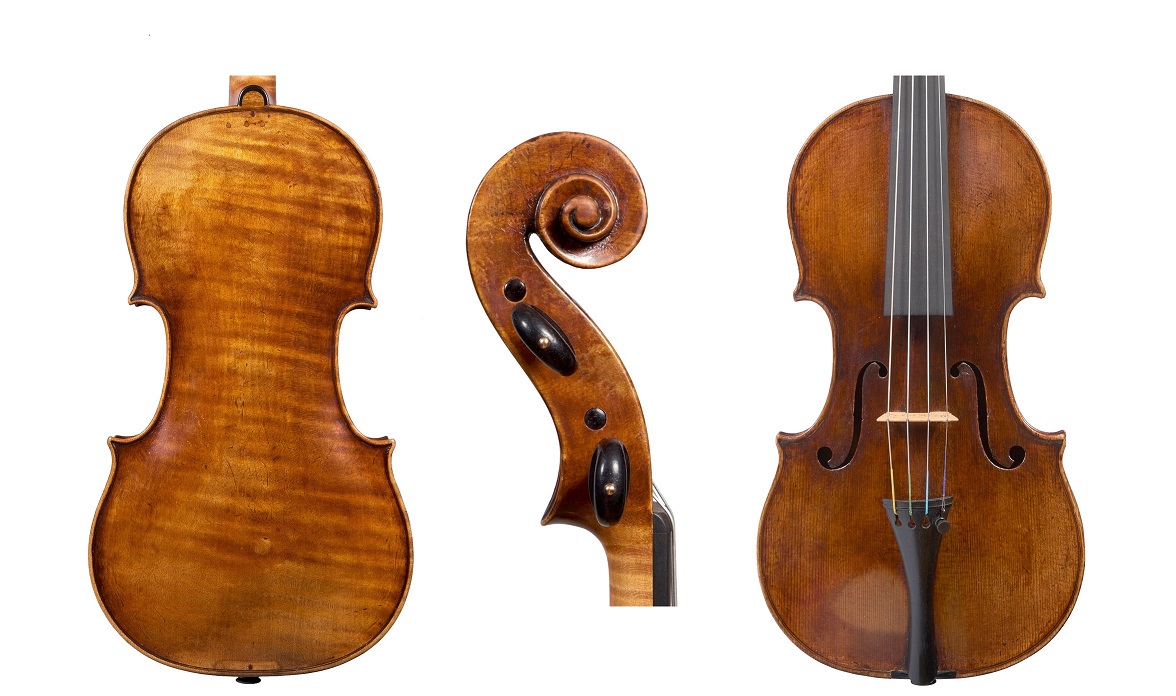
From a slightly later period in Venice comes a fine Deconet from 1769, which is another admirable, fully characteristic and well-preserved violin. Although Deconet does not share the richest red-hued varnish of other Venetians, this lovely Amati-modelled violin has his characteristic scroll, with a deeply-cut but constricted final turn.
Deconet’s status within the circle of Venetian luthiers has been debated, but the existence of a broad body of work of clearly recognisable workmanship and in a variety of styles and influences somehow reflects the commercial aspects of the great mercantile city.
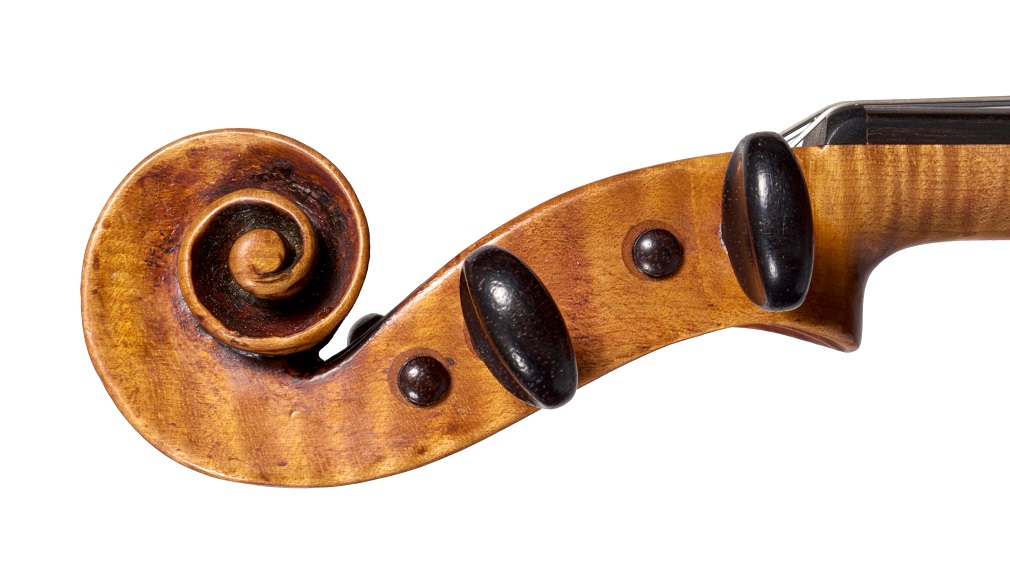
Recent Posts
Categories
- Feature Type
- Instrument Type
-
Maker
- Albani, Mathias (2)
- Amati, Andrea (8)
- Amati, Antonio & Girolamo (6)
- Amati, Girolamo II (6)
- Amati, Nicolò (6)
- Balestrieri, Tommaso (3)
- Banks, Benjamin (1)
- Bazin, Charles Nicolas (1)
- Bergonzi Family (1)
- Bergonzi, Carlo (2)
- Bergonzi, Michele Angelo (2)
- Bernardel, Auguste Sébastien Philippe (2)
- Bisiach, Leandro (2)
- Bultitude, Arthur Richard (1)
- Camilli, Camillo (2)
- Cappa, Gioffredo (2)
- Carcassi, Lorenzo & Tomaso (1)
- Ceruti, Giovanni Battista (3)
- Chanot, George Adolph (1)
- Cuypers, Johannes Theodorus (1)
- Dalla Costa, Pietro Antonio (1)
- Deconet, Michele (1)
- Fendt, Bernard Simon II (1)
- Fendt, Bernhard Simon I (1)
- Gabrielli, Giovanni Battista (1)
- Gagliano, Alessandro (2)
- Gagliano, Ferdinando (1)
- Genova, Giovanni Battista (1)
- Gisalberti, Andrea (1)
- Goffriller, Francesco (1)
- Goffriller, Matteo (1)
- Grancino, Giovanni (4)
- Grancino, Giovanni Battista II (1)
- Guadagnini, Gaetano II (1)
- Guadagnini, Giovanni Battista (7)
- Guarneri 'filius Andreæ', Giuseppe (3)
- Guarneri del Gesù, Giuseppe (5)
- Guarneri of Mantua, Pietro Giovanni (2)
- Guarneri of Venice, Pietro (3)
- Guarneri, Andrea (3)
- Götz, Conrad (1)
- Hill & Sons, W.E. (1)
- Kennedy, Thomas (1)
- Knopf, Carl Heinrich (1)
- Lott, John Frederick (1)
- Lupot, Nicolas (2)
- Mantegazza, Pietro Giovanni (2)
- Mariani, Antonio (1)
- Montagnana, Domenico (2)
- Panormo, Vincenzo Trusiano (1)
- Parker, Daniel (1)
- Peccatte, Dominique (1)
- Platner, Michele (1)
- Pressenda, Giovanni Francesco (1)
- Rayman, Jacob (1)
- Retford, William Charles (1)
- Rivolta, Giacomo (1)
- Rocca, Giuseppe Antonio (2)
- Rota, Giovanni (1)
- Rugeri, Francesco (3)
- Sartory, Eugène (1)
- Scarampella, Stefano (2)
- Schwartz, George Frédéric (1)
- Serafin, Santo (1)
- Sgarabotto, Gaetano (1)
- Sgarabotto, Pietro (1)
- Simon, Pierre (1)
- Stainer, Jacob (3)
- Storioni, Lorenzo (3)
- Stradivari, Antonio (14)
- Stradivari, Francesco (1)
- Stradivari, Omobono (1)
- Tadioli, Maurizio (1)
- Taylor, Michael (1)
- Tecchler, David (2)
- Testore, Carlo Giuseppe (1)
- Tourte, François Xavier (4)
- Tubbs, James (1)
- Voller Brothers (1)
- Vuillaume, Jean-Baptiste (10)
- Watson, William (1)
- da Salò Bertolotti, Gasparo (2)
- Author
- Charity
-
In the Press
- Antiques Trade Gazette (3)
- Archi-magazine.it (1)
- Art Daily (2)
- CNN Style (1)
- Classic FM (2)
- ITV (1)
- Ingles & Hayday (2)
- Liberation (1)
- Life Style Journal (1)
- London Evening Standard (1)
- Paul Fraser Collectibles (1)
- Rhinegold Publishing (1)
- Sotheby's (1)
- Strings Magazine (2)
- Tarisio (2)
- The Fine Art Post (1)
- The Strad (7)
- The Times (1)
